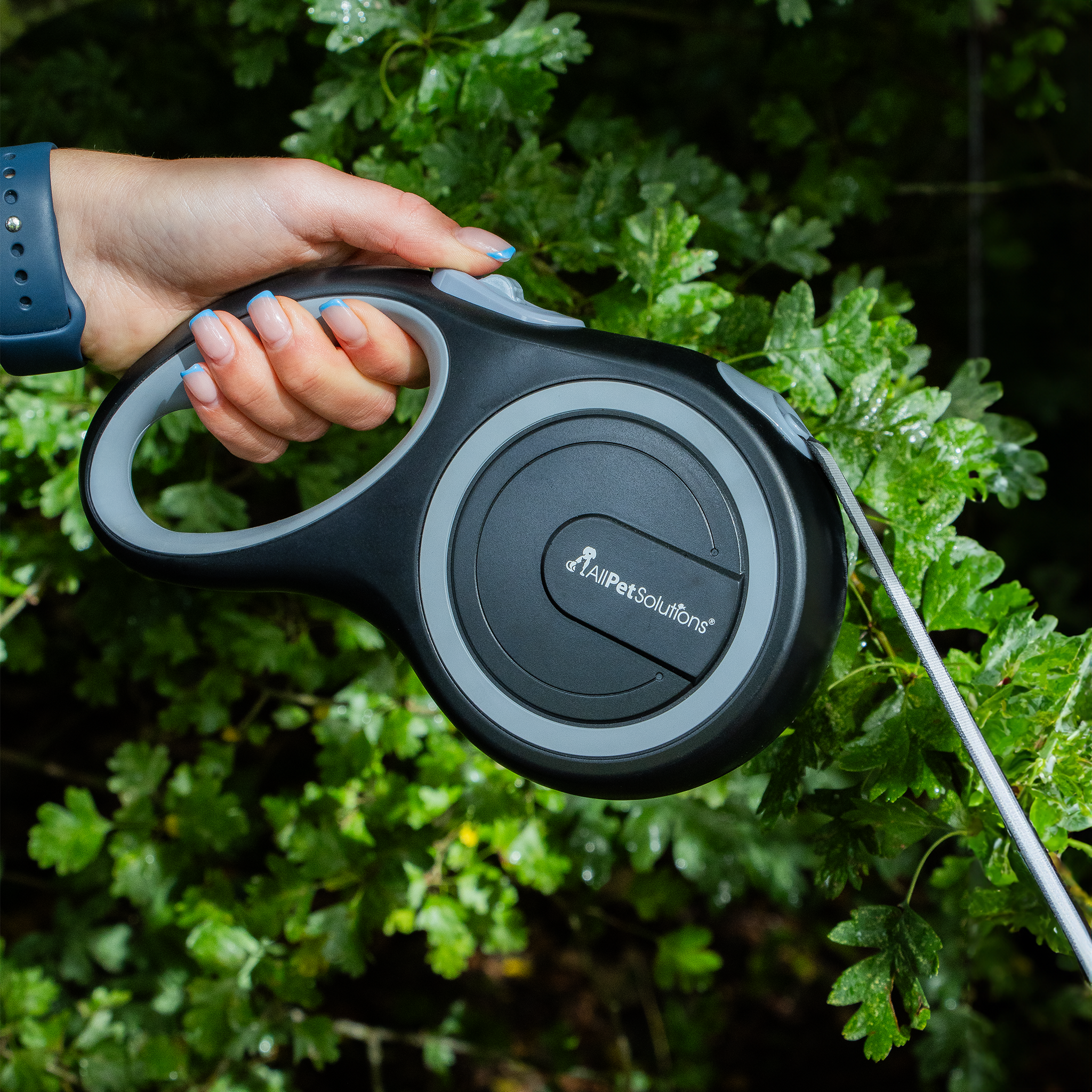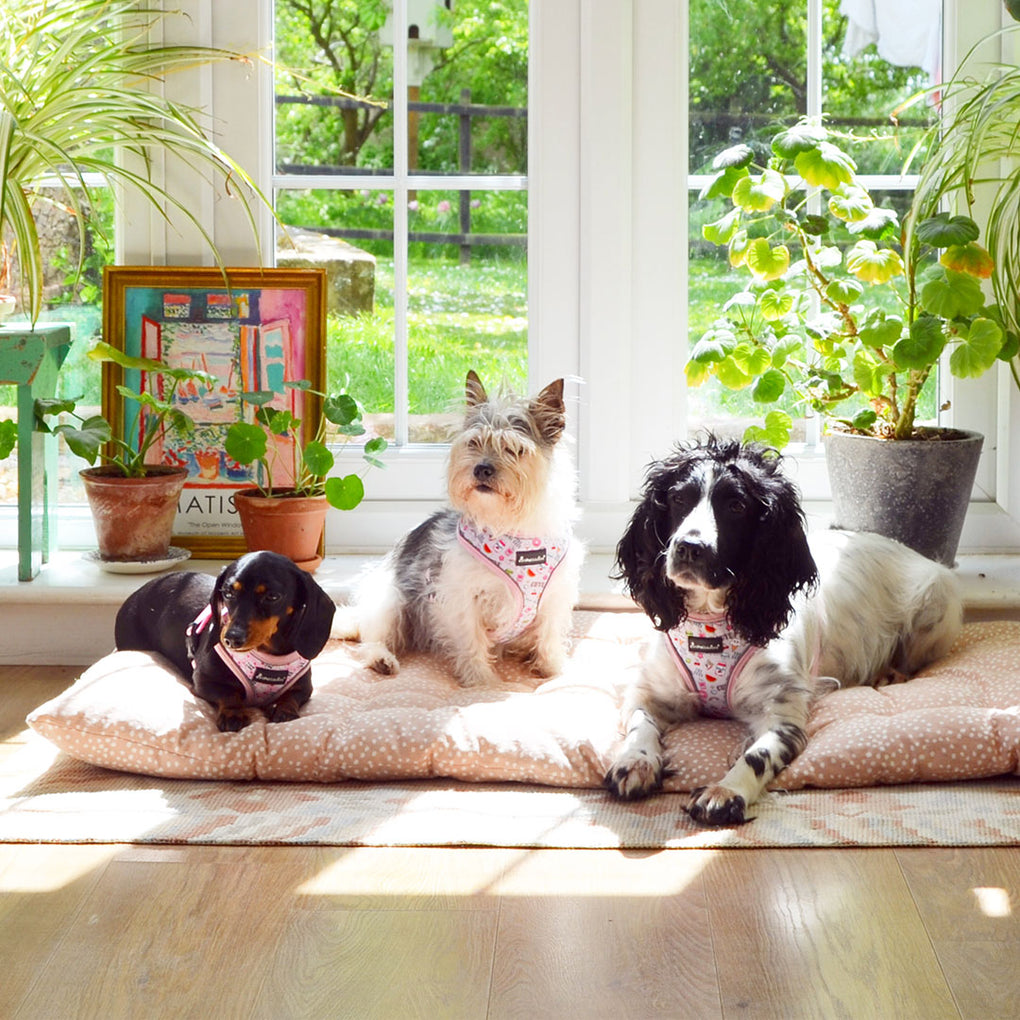How Do I Attract Bugs to My Bug House?
So, you've bought a gorgeous bug hotel, put it outside - but you're still not turning the outdoors into an insects garden.
The AllPetSolutions team has compiled some troubleshooting tips to help work out why your bugs house isn't attracting beneficial guests to your home!
Choosing the Right Location for Bug Houses
First, your bug hotel needs to be in a good spot. Bug houses that are exposed to wind and the elements aren't that safe for tiny species, so it needs to be sheltered and cosy.
Lots of insects prefer a bit of damp, but if you're keen to welcome bees to your insects garden, they like their home as warm and sunny as possible, so you're best to set up your bug hotel in the brightest aspect.
The most popular bug houses are close to other insect social spots - flowers with plenty of nectar, ponds, and hedges are a good bet.
Furnishing Your Bug Hotel
Safety is pretty important for a tiny bug, so if you have somewhere a few feet off of the ground, you'll be in a prime position.
Cats, dogs and birds love to pick off bugs, so keeping them safe will ensure your bug hotel is never empty.
If your bug houses are large and don't include an internal network of tunnels, you can fill them with twigs, hollow bamboo or old wood to create a perfect home for minibeasts.
How to Select the Best Insects Garden Hotels
A bugs hotel is excellent for lone bees, ladybirds, spiders and wasps, so you might want to have a couple of bug houses depending on which species you'd like to visit.
Bug houses at ground level are populated mainly by ground-dwellers, whereas an elevated hotel will offer a haven for winged insects.
Choose a bugs hotel that is watertight, made from natural materials, and includes small hidey holes, and you'll be sure to meet some new bug friends in no time.

